London, the capital of England is famous for a lot of things – its people, its history, and its fascinating architecture. One thing that London is famous for? It’s red buses!
Why London Buses Are Red?
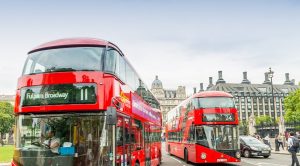
London’s iconic red buses are one of the best representations of the city. Their color dates back to the early 1900s- when transport was operated by different rival companies. The reason behind the bus’s color was that L.G.O.C. owned most of the buses and in 1907, they decided to paint their entire fleet in red to stand out from competitors.
In 1933, Transport for London adopted the color as a sign of safety and to commemorate the heritage of the tube system. It is also the same color used on the London Underground roundel and has become synonymous with all things transport related.
In the 1840s, buses in London began to work together to distribute their resources for making passive income. They adopted a common name and livery colors that they used to identify different routes. These livery colors have been changed over the years but they still serve as an identifying factor of where each route goes.
Between the 1900s and the 1930s, routes were predominantly painted as brown, creating a certain sense of unity among workers. However, by the 1930s, motor transport had moved onto a new era, and the red-flowing buses soon faced competition from bus operators who emphasized the need for differentiation. By adhering to a different color scheme, it became easier for those operators traveling on buses to distinguish themselves from commuters at a glance.
For their motor buses, the London General Omnibus Company (LGOC) adopted a ‘winged wheel’ symbol in 1907. This symbol soon became synonymous with all LGOC bus fleets and their vehicle names, but without setting one particular styling or livery.
Dominion of Canada took over the London General Omnibus Company in 1908, thus bringing about a change in colors and the livery. The red livery was an important part of this process because it became the branding and iconic symbol for London’s bus network to this day.
What’s the Shade?
Transport for London has color standards for buses, and a quick glance through those standards reveals that buses should be colored in Pantone 485 C. That corresponds to RGB 218, 41, and 28. See here for more colors.
Although this color is used on the tube roundel, it’s also a popular hue for companies like McDonald’s and Royal Mail. Additionally, it’s even been used in cultural icons like Kit Kat.
What UK Cities Have Red Buses?
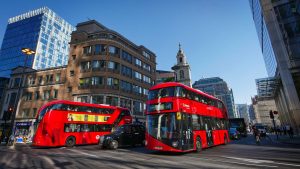
London, Manchester, and Glasgow are all cities that have red buses. These buses are designed to be more visible and appeal to pedestrians, which is why they’re typically red. The other cities that have red buses are Cardiff, Edinburgh, Liverpool, Newcastle, Nottingham, Sheffield, and York.
Why Do London Buses Have White Roofs?
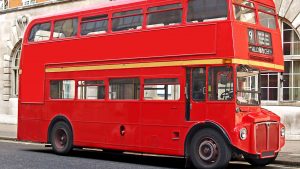
The buses in London are known for their distinctive white roofs. The roofs are made of a special plastic that is UV resistant and does not affect the bus’s performance in the sun. The white roofs also help to minimize heat buildup on the bus, reducing air conditioning expenses and helping to reduce energy consumption.
Why Does London Use Double-Decker Buses?
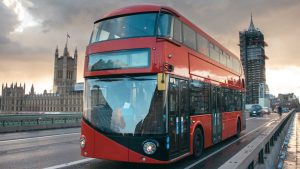
London has been using double-decker buses since the 1930s because they are more efficient and safer than single-decker buses. Double-decker buses have two sets of doors, one on the lower deck and one on the upper deck, which allows them to carry more passengers at once. This also makes them less likely to be involved in accidents.
Who Owns the Red Buses in London?
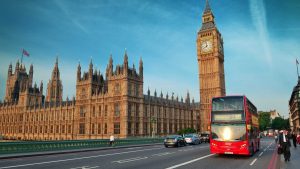
Most bus services in London, England are managed by Transport for London (TfL)’s subsidiary, London Buses. The Greater London Authority Act of 1999 transferred responsibility for LRT bus services to TfL, which was overseen by the Mayor of London, and it was created as a result.
What’s The Longest Bus Route in London?
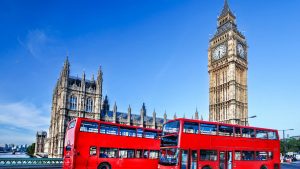
The X26, which runs from Heathrow to Croydon, is London’s longest bus route. It’s a 23.75-mile (38.22-kilometer) journey that may take up to two hours to complete. The N89, a night bus that runs from Erith to Charing Cross, is the next longest at 23.3 miles (37.5 km).
Which London Bus Route Has the Most Stops?
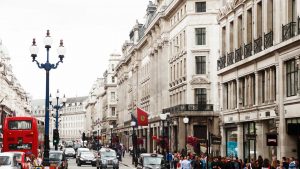
The N29 night bus, from Trafalgar Square to Enfield, has the most stops of any London bus route. This makes it a great option if you’re looking for an efficient way to get around town. Plus, the N29 offers some fantastic features that make it even more convenient. For example, the bus has a wide variety of seating options, so you can find a spot that’s comfortable for whatever your needs may be. Additionally, the N29 has a large luggage storage area, making it perfect for carrying your belongings with you on your trip
Conclusion
So, what’s the story behind London buses being red? Well, the color red is associated with the city of London because it was once used as the primary color of London transport buses. The white roofs on London buses are a design feature that has been around since the 1930s and is said to make the bus more visible in the rain. As for the double-decker buses, they are a popular option in London because they are better equipped to handle the city’s high population density. Finally, to find out which bus route has the most stops, simply head on over to our website and enter your bus route information!








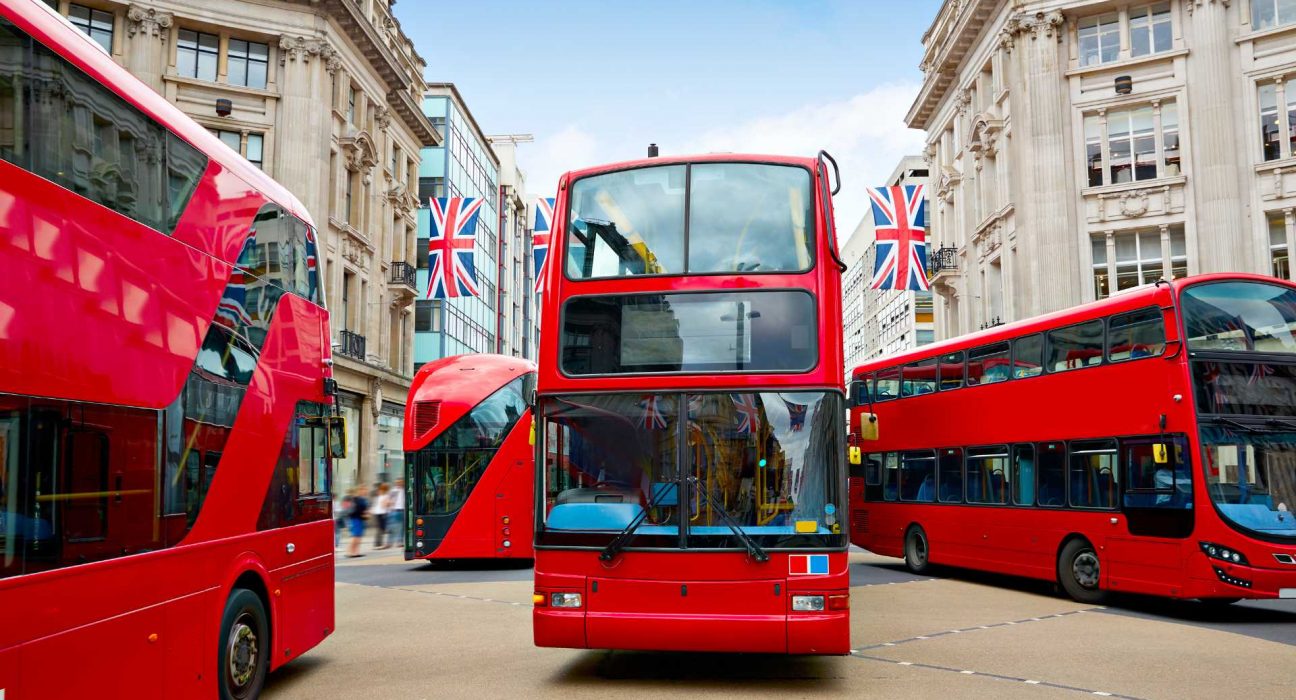
Leave feedback about this